Tanzania’s Constitutional Crossroads: Promises Made During the Campaign, the Legacy of Reform, and Changing Politics
Has constitutional reform emerged as a key issue as Tanzania prepares for its general election in October 2025, though obscured by political ambiguity once more?
1. The Launch of a Campaign with Reform in the News
President Samia Suluhu Hassan formally began her campaign in Dar es Salaam on August 28, 2025. A reconciliation commission, promises of expanded healthcare, musicians, and banners of CCM’s alleged milestones made the event a spectacle. Her promise to start the process of drafting a new constitution, according to The Standard newspaper however, was the most noteworthy. She didn’t elaborate. Still, there was a lot of interest in that announcement, considering that this process has repeatedly stalled over the last ten years.
Important opposition figures have been charged, imprisoned, or banned from politics, which raises questions about how fair or inclusive any reform process can be during a politically oppressive campaign. Recent reporting highlights opposition exclusions and broader campaign dynamics.
Also Read:Under President Samia Suluhu Hassan, a new economic dawn emerges in Tanzania
2. The Reform Odyssey: Previous Attempts and Political Reluctance
a. The 2015 Referendum That Never Took Place and the Kikwete Era
Between 2012 and 2014, a well-known constitutional review took place under President Jakaya Kikwete. An independent electoral commission, legal recourse for contesting presidential outcomes, gender parity in the legislature, and women’s land rights were among the suggested changes in a draft constitution. Opposition parties left the Constituent Assembly, claiming their opinions had been disregarded. Due to practical difficulties with voter registration, a referendum attempt in 2015 never happened.
b. Magufuli’s Phase: Dormant Reform Momentum
The reform process completely stalled when John Magufuli took office following the 2015 vote. Expectations for constitutional change faded amid increasingly authoritarian tendencies, reflected in contemporary governance assessments.
c. Samia’s Initial Presidency: Prospects, However, No Rewrite As of Yet
Samia Suluhu Hassan was thrown into the presidency after Magufuli’s passing in March 2021. She first concentrated on reversing authoritarian policies, meeting with opposition leaders, reopening repressed news outlets, and lifting the ban on political rallies. These symbolic actions were cautiously hailed as indications of a democratic comeback.
Samia first put off changing the constitution despite those early reforms, pointing to the difficulties of carrying out a thorough revision while getting ready for elections. When she opened a new process, she hit pause, intending to pursue it after her term instead. Although a taskforce was established, no deadline was specified.
3. Present Signals: Assertions and Reluctance
a. Government Signs of a Roadmap for Reform
President Samia said the long-awaited drafting of a new constitution will take place “during the next administration,” covering the period between 2025 and 2030. This timeline aligns with the party platform, according to a June 2025 commitment with a same-day follow-up.
b. Civil society pressure and opposition demands
Proponents of reform staged demonstrations even before the 2025 election season. January 2024 saw protests for a new constitution that limits presidential powers and ensures an independent electoral commission. Civil society and academics have warned that reform cannot be tokenistic; a 2023 review cautioned about the risk of rhetoric without a roadmap.
In 2022, ruling party figures said they “insist” on reform, while critics argued earlier drafts sidestepped checks on executive power—context captured in mid-2022 coverage.
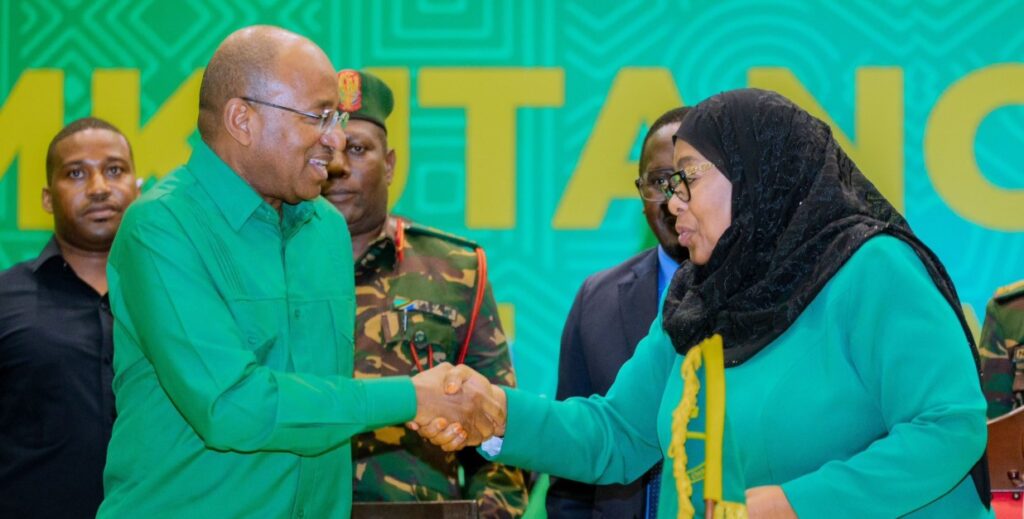
4. What Is Unique About This Promise, or Not
The timing now stands out. Pursuing constitutional reform during a campaign in which many opponents are left out raises credibility questions and may signal calculated electoral positioning.
Samia has continuously struck a balance between strategic delay and reform rhetoric, according to observers. Some view this as caution; others, particularly in CHADEMA, fear cosmetic changes. A critical perspective underscores these concerns.
5. What’s Next: Reformers’ Red Lines
- The reform is being drafted by whom? Will civil society and opposition parties be adequately represented in the Constituent Assembly?
- Transparency of the timeline: Will there be public submission opportunities, published milestones, and final plans for a referendum?
- Context is important: Reforms that exclude important political players run the risk of being implemented unilaterally. Whether the October election is held in accordance with the current constitution or as part of a multi-year reform roadmap is something observers need to watch.
Also Read:Tanzania tea steams ahead in expanding global markets
6. Financial successes under Mama Samia
a) Preserving growth stability and macroconfidence. Growth resumed and the outlook improved. Estimates indicate a rise from about 4.6% in 2022 to about 5.2% in 2023, with projections of 5.4% in 2024 and roughly 6% in 2025, based on country overviews and program documents. Supportive financing included a staff-level agreement paving the way for budget disbursements and climate-linked financing.
b) Tourism recovery. Visitor numbers surged above pre-pandemic levels, with international arrivals in 2023 and continued gains visible via the national statistics portal.
c) Ports and logistics. Dar es Salaam modernization advanced through a 30-year concession with outlined capital commitments. Subsequent months saw a throughput record and higher revenues, alongside plans for additional terminal capacity.
d) Rail and transport infrastructure. Electric passenger services on the Dar es Salaam–Morogoro section of the Standard Gauge Railway began on June 14, 2024, lowering travel times and costs along the central corridor.
e) Energy security. The first 235 MW turbine at the Julius Nyerere Hydropower Plant was switched on in February 2024, with further milestones reported into 2025, while offshore LNG negotiations progressed alongside later timetable updates. Gas-fired capacity such as Kinyerezi II supported reliability.
f) Investment climate. The Investment Act, 2022 lowered thresholds and enabled a digital single window, complemented by facilitation measures. In 2025, TIC and EPZA were merged into TISEZA, and trends in inflows are captured in the Investment Report 2023 and Q1-2025 bulletin.
g) Digital finance costs. Transaction charges were eased after a levy reduction in June 2022 and fee rollbacks later that year.
h) Agriculture. A subsidy drive distributed 1.455 million tonnes of fertilizer between 2022 and 2025. The sector roadmap under Agenda 10/30 is detailed in the investment plan.
i) Regional trade diplomacy. Early steps removed several non-tariff barriers, with additional removals supporting cross-border commerce.
It appears that Tanzania’s 2025 election will be a referendum on the country’s constitution as well as Samia Suluhu Hassan’s personal qualities. Could her campaign’s reference to the drafting process spark a long-suppressed reform movement, or make yet another half-promise in a country in need of structural reform?
Reform needs to be timely, transparent, and inclusive in order to be genuine. Anything less runs the risk of undoing decades of optimism.
Regardless of the case, what is certain is that under her leadership, she has transformed the country’s economy, added value to the nation by attracting foreign investement and helped build a stronger middle-class among Tanzanians.
What needs to be seen is whether the nation’s people will accept any changes to the constitution, should there be any. We now know that under her reign, she’s proven to be a successful leader and someone who stood for positive change.
Share this content:
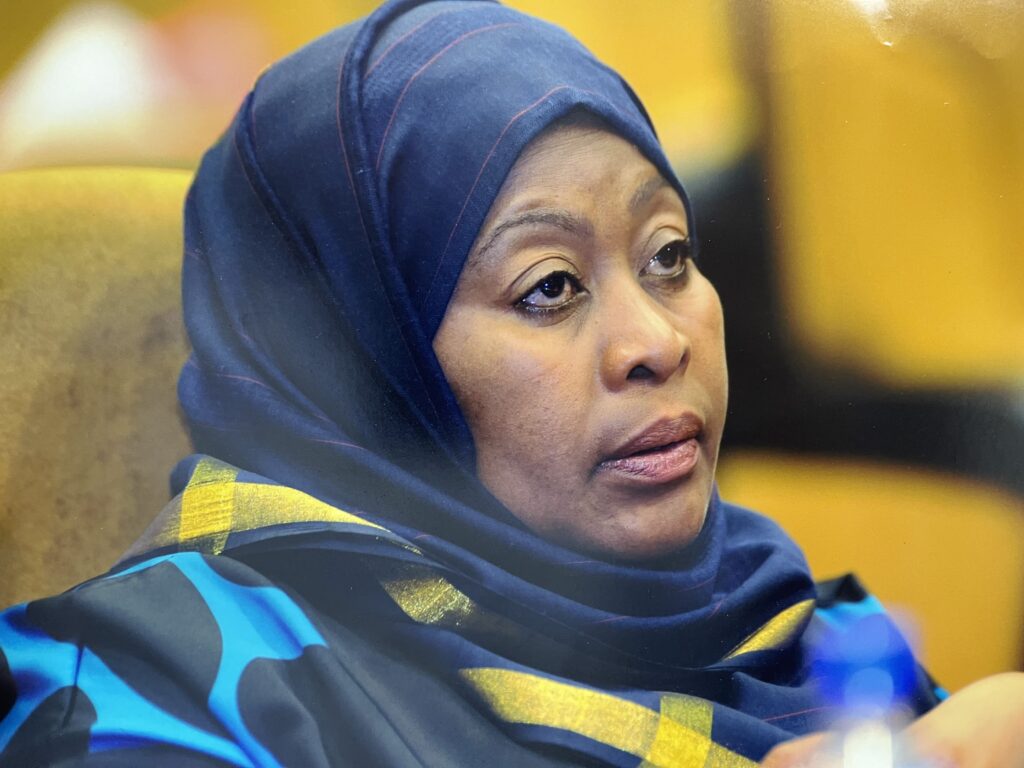
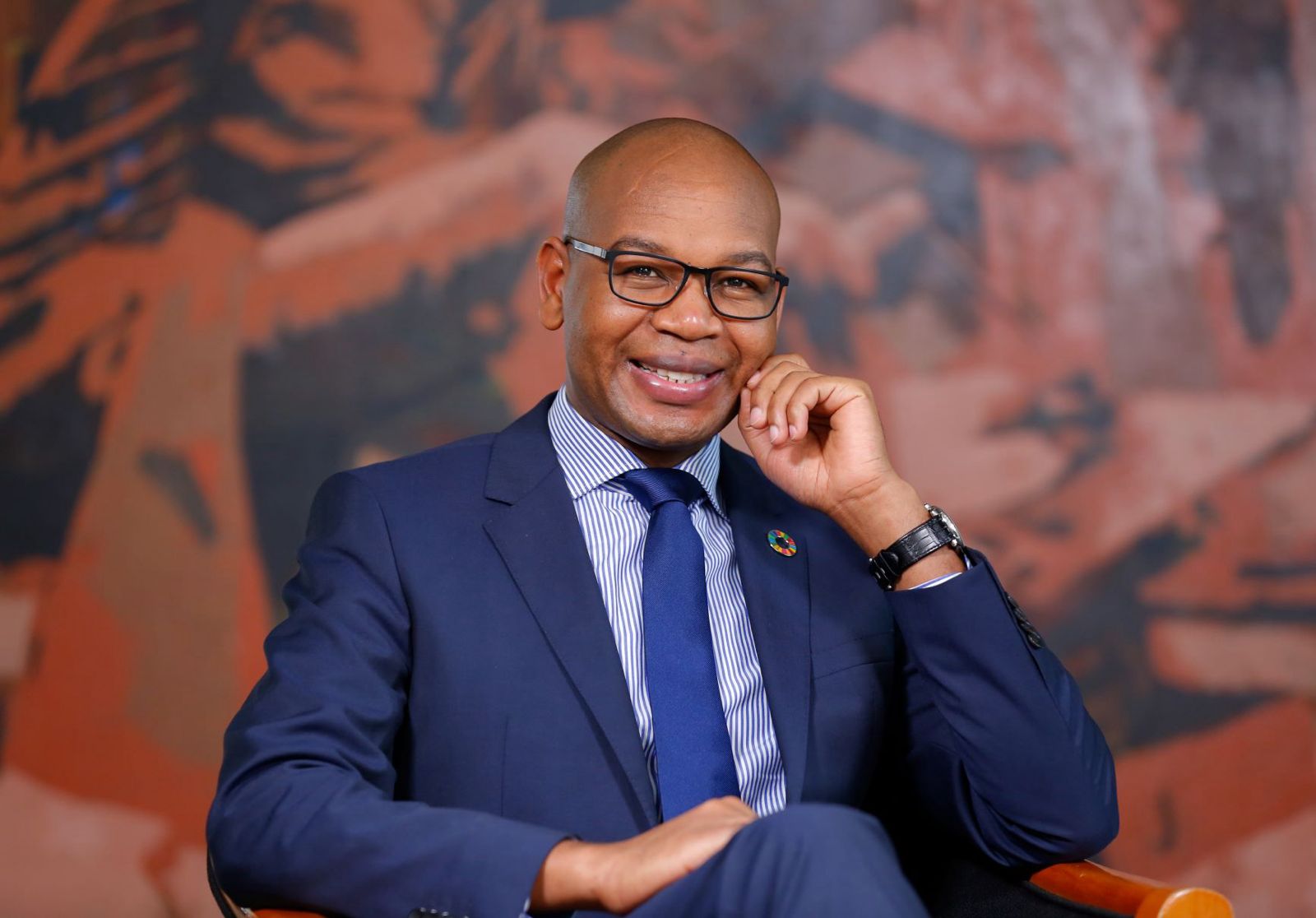
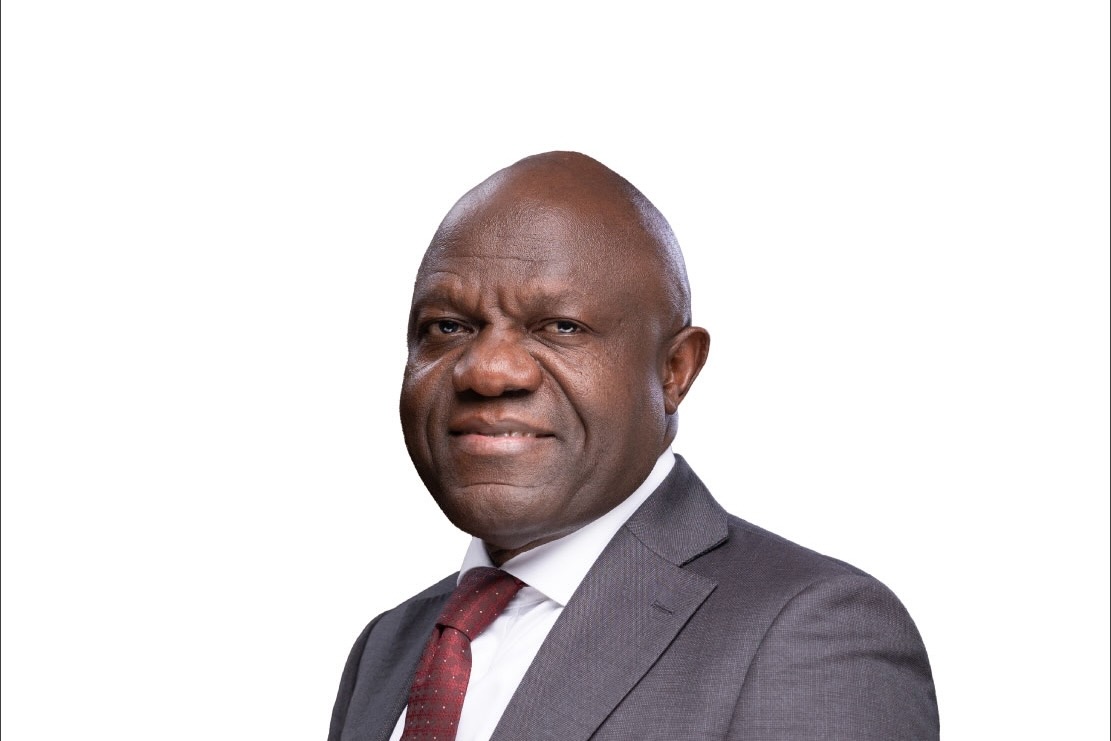
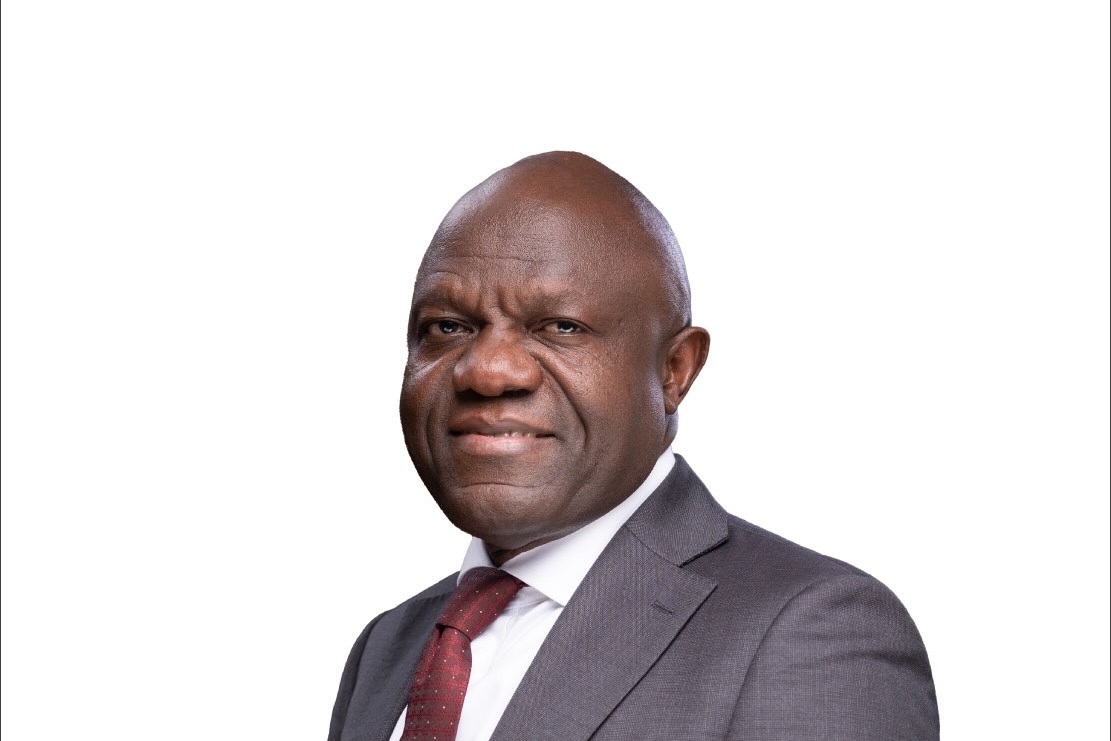

Post Comment